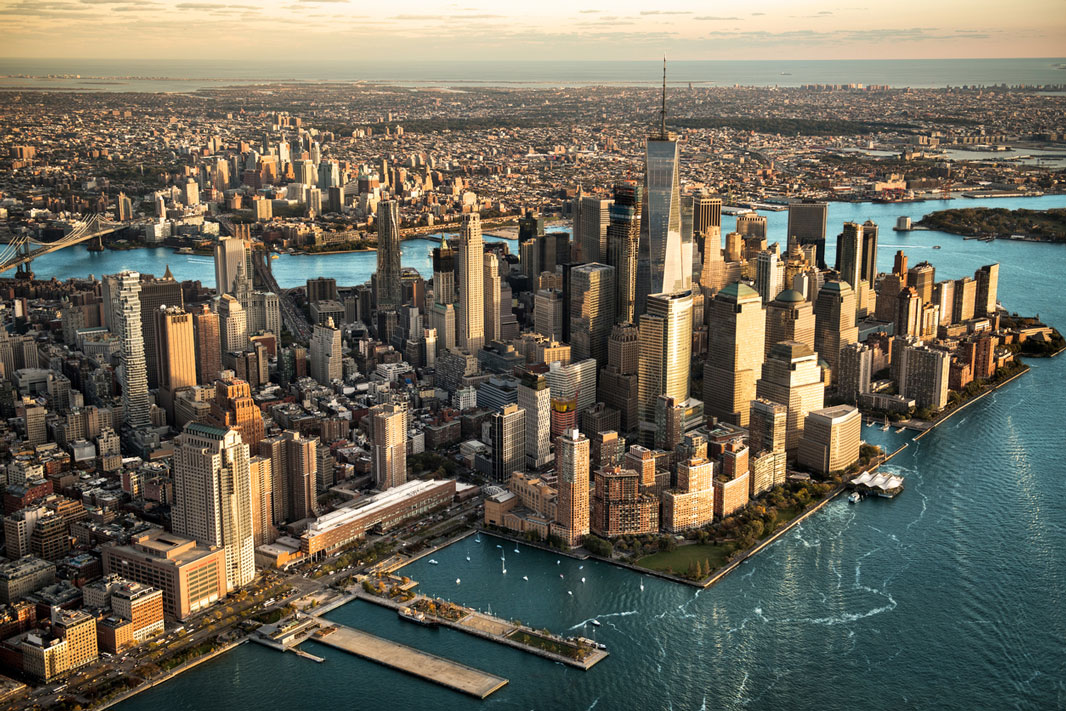


It isn’t too hard to get disillusioned with the modern world. It can be lonely, impersonal, lack meaning, lack purpose. It often feels like people are either running around but never really getting anywhere or are sitting at home consuming unhealthy online content while wishing their lives would change. On a typical day, most people are not looking to chat, connect, find new experiences, try new things or explore new ideas. On a typical day, we all have the things we need to deal with: The work that needs to be done. The developments around us that are causing stress. And, often times other random requests that we rarely think about like the guy on the street asking for money, the unsolicited phone calls and all the junk we all have in our email inboxes.
One of the primary reasons anyone travels, or goes on vacation, is to experience something different than normal, day to day, life.

Even if someone enjoys their typical day to day life, it is common to crave something different. Variety is one of the six basic human needs. Vacations, events, holidays, festivals and other experiences of that sort transport us to a world that operates differently from the one we inhabit on a typical day. The “rules” are different. The “norms” are different. Often what we must do is different and so is what’s expected of us.
For a ten day period in mid to late September 2022 I found myself in a series of places vastly different from one another.
First, the AWAKE festival, an event described as a “weekend-long, wellness gathering to restore, rejuvenate and reconnect.” The event includes a lot of yoga, meditation, dancing and spiritual discussions.
Then, I attended Start Up Week, one of my favorite weeks in Denver. Start Up Week is a celebration of Denver’s entrepreneurial community, but also so much more! It’s about networking, sharing knowledge and spreading ideas.
The following weekend was a friend’s wedding, with all of the typical events associated with a wedding.
While completely different events, these events had a few things in common which made the experiences flow together into one seamless vacation from “reality.”
- Lacking negativity. At all of these events there was very little to no negativity. Some of our present day problems were addressed at Start Up Week, but only in the context of showcasing a solution and forging ahead into a better future world. There was no complaining. No divisiveness. Everything had a far more positive vibe.
- People wanted to connect. Normally people aren’t looking to connect with strangers they encounter. At all of these events, with a controlled group of people, nearly everyone was willing to connect.
- Far less tedious work. None of these events are about things like taking out the trash, cleaning the bathroom, or even performing routine tasks we do for our jobs. Even the job related sessions at Start Up Week were far more about how to run an effective organization than writing code.
- Far less screen time. We were living in the real world!

Experiencing three events over a ten day period that were distinct from what most people accept as reality in 2022 in a similar way causes one to look at this reality in a whole new light.

It’s the type of perspective that leads to a rabbit hole of questions, mostly starting with the word “why.” After four days in that rabbit hole, I realized that this is not what this rare confluence of experiences was meant to teach me. It is not about dissecting the problems of today’s world and taking the extremely cynical view of it all I started this post with.

It is about taking what I truly loved about my September, incorporating it into my typical day-to-day life as much as possible and sharing it with my community where I live. With rare exception, we can’t directly control what happens around us. Anyone with the power to tell people what to do will find that power to be fleeting (children grow up, people leave jobs, etc.). What we can control is what we chose to focus on. This is how we actually exert influence over what happens around us.
My “reality” is no longer the one described at the start of this post. Over the course of 2022, I have been reducing my consumption of online content, focusing more on what brings me joy or fulfills my purpose and finding ways to connect with people. Maybe if we all do the same our reality will start to reflect what we truly want. If we stop thinking about the institutions we abhor, maybe they will become less powerful. If we stop thinking about hate, maybe the hate will just fade away, lose significance. If we begin to view the person staring at their phone on the train or in a coffee shop as a person looking for connection, maybe they will be.



















































































































































